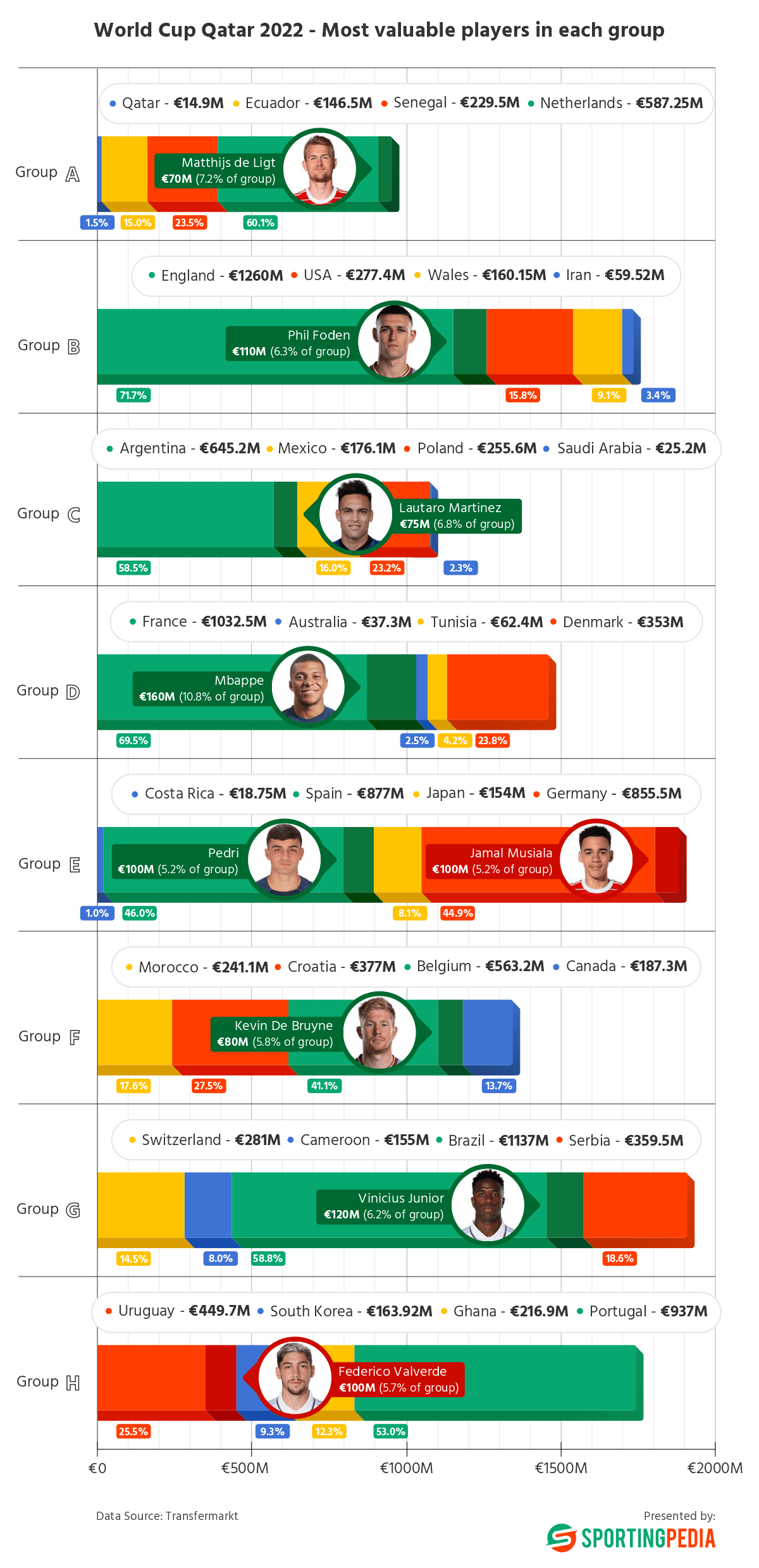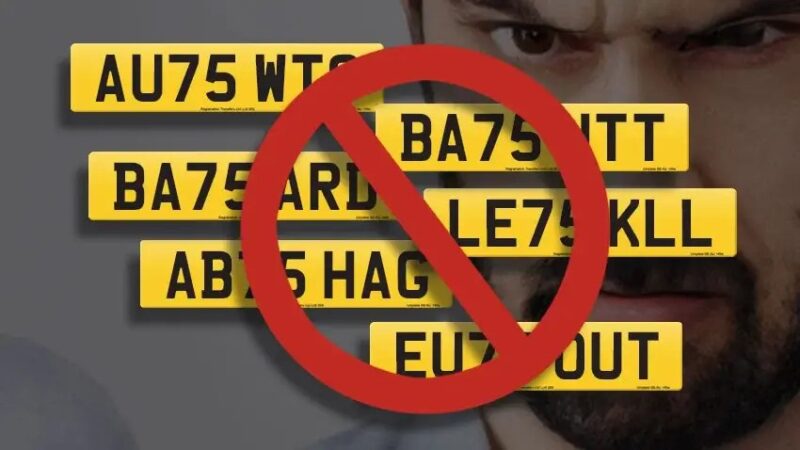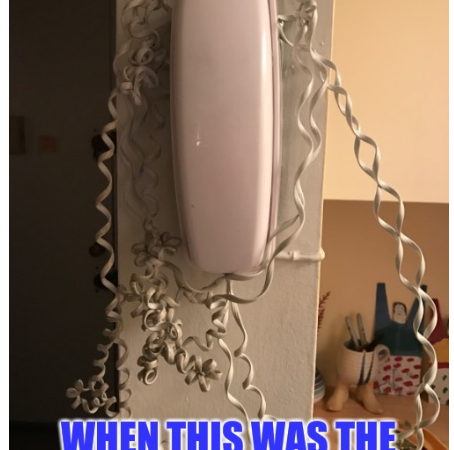Kylian Mbappe amounts for 10.8% of the entire Group F’s €1.49B market value

Kylian Mbappe amounts for 10.8% of the entire Group F’s €1.49B market value
Being valued at €160 million, Kylian Mbappe entered the World Cup in Qatar as the player with the highest market value of all 830 registered footballers at the forum. After we had already crunched the numbers for the market values of all players and teams in our previous reports, our SportingPedia team decided to identify each group’s highest-valued player and compare them to the rest of the group.
Our ranking includes nine players even though there are only eight groups because Group E, which has the highest total valuation, has two players with the exact same market value. One of the observations that stands out the most is the fact that Kylian Mbappe’s market value of €160 million accounts for a hefty 10.8% of the entire Group F valuation of €1.485 billion. This is how the other groups’ most valuable players rank up in their respective groups:
Group A: Matthijs de Ligt (€70 million)
Currently valued at €70 million, de Ligt is the most expensive player of all four squad selections in Group A of the World Cup. Out of the nine footballers on the list, the Dutchman is the only defender who comes on top as the most expensive person in the entire group. He made his debut for the Netherlands team over five years ago, in March of 2017, and has since been capped 39 times. On club level, de Ligt defends the colors of Bayern Munich. In Qatar, the Dutch central defender started only in the first group game for his country and has since lost his place.
Group B: Phil Foden (110 million)
The Three Lions’ most expensive player, Phil Foden, comes in as the footballer with the highest market value in Group B of the 2022 World Cup in Qatar. The Manchester City youth system product’s debut for England’s senior team was on September 5th, 2020, and since then, Foden has featured in a total of 19 matches for his country. The 22-year-old has played in two of England’s three group games in Qatar and scored in their most recent 3:0 victory over Wales. Foden is one of five midfielders who moved to the top of the list as the most expensive players within their World Cup group.
Group C: Lautaro Martinez (€75 million)
The Argentine forward is the player with the highest market value in Group C of the 2022 World Cup. Now aged 25, the diminutive striker is part of Inter at club level, having joined the Italian giants four years ago. Martinez debuted for his country in March of 2018 and since then has represented Argentina 43 times, scoring a total of 21 goals. The forward began as a starter in two of his country’s first World Cup group games and was left on the bench in the last one.
Group D: Kylian Mbappe (€160 million)
Mbappe is not only the most expensive player in World Cup Group D, but also in the entire tournament, with a market value of €160 million. At the age of 23, the Frenchman has already represented his country 62 times, scoring 31 goals in the process. He had his debut in 2017, and a year later, he helped his team to win the 2018 World Cup. In Qatar, Mbappe has already scored three goals in three games, helping his country qualify for the knockout phase with a single match to spare.
Group E*: Jamal Musiala (€100 million) and Pedri (€100 million)
The product of Bayern Munich’s youth program shares the top spot for the player with the highest market value in Group E with Pedri from Spain. At 19 years of age, Musiala is the youngest player to make it to the ranking. The versatile attacking midfielder debuted for Germany in 2021 and has so far made a total of 19 appearances for the Bundesteam, but has scored only one goal. At the 2022 World Cup, Musiala appeared as a starter in both of Germany’s group games.
The Spaniard is just a year older than Musiala and has the exact same market value. Pedri is yet another talent to come through the ranks of La Masia, Barcelona’s famous youth academy. The playmaker is now 20 years old and made his Spain debut in March of last year. Since then, he has worn the Spanish shirt a total of 16 times, but has still not scored his first goal. Pedri has been one of the first names on Luis Enrique’s squad list and the midfielder has taken part in both of Spain’s group games at the World Cup so far.
Group F: Kevin de Bruyne (€80 million)
At 31 years of age, the Belgian is the oldest player here. De Bruyne’s debut for the Red Devils was over a decade ago, in 2010. So far, the creative midfielder has represented his country in a total of 96 matches and has scored 25 goals. At club level, De Bruyne has been part of Manchester City since 2015. In Qatar, the Belgian has played the full 90 minutes of both of his country’s games.
Group G: Vinicius Junior (€120 million)
Vinicius Junior has surpassed Neymar in terms of market value after a number of spectacular performances for his club Real Madrid. The speedy winger is now 22 years old and made his Brazil debut in September of 2019. For the time being, he went on to wear the famous shirt 17 times, but has scored just one goal in his international career so far. At the 2022 World Cup, Vinicius has appeared in both of Brazil’s group-stage games to date.
Group H: Federico Valverde (€100 million)
The tireless midfielder is another player who defends the colors of Real Madrid at club level. Valverde, 24, joined Los Blancos in the summer of 2018, having already made his senior international debut for Uruguay a year ago. Fede Valverde has taken part in a total of 46 times so far and has scored four goals. At the 2022 World Cup, the player has been involved in all 180 minutes of action for his country. Federico Valverde is the only player in our ranking who appears as the most expensive player of the group by not being part of the team with the highest value.






